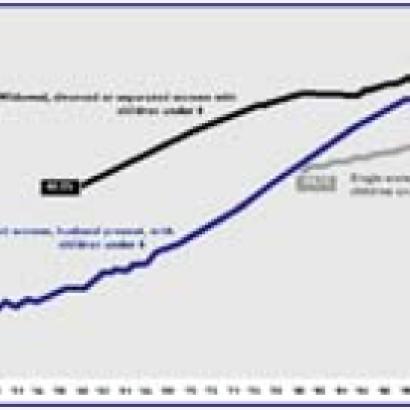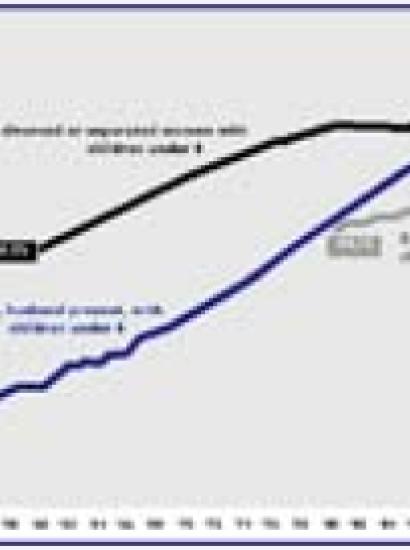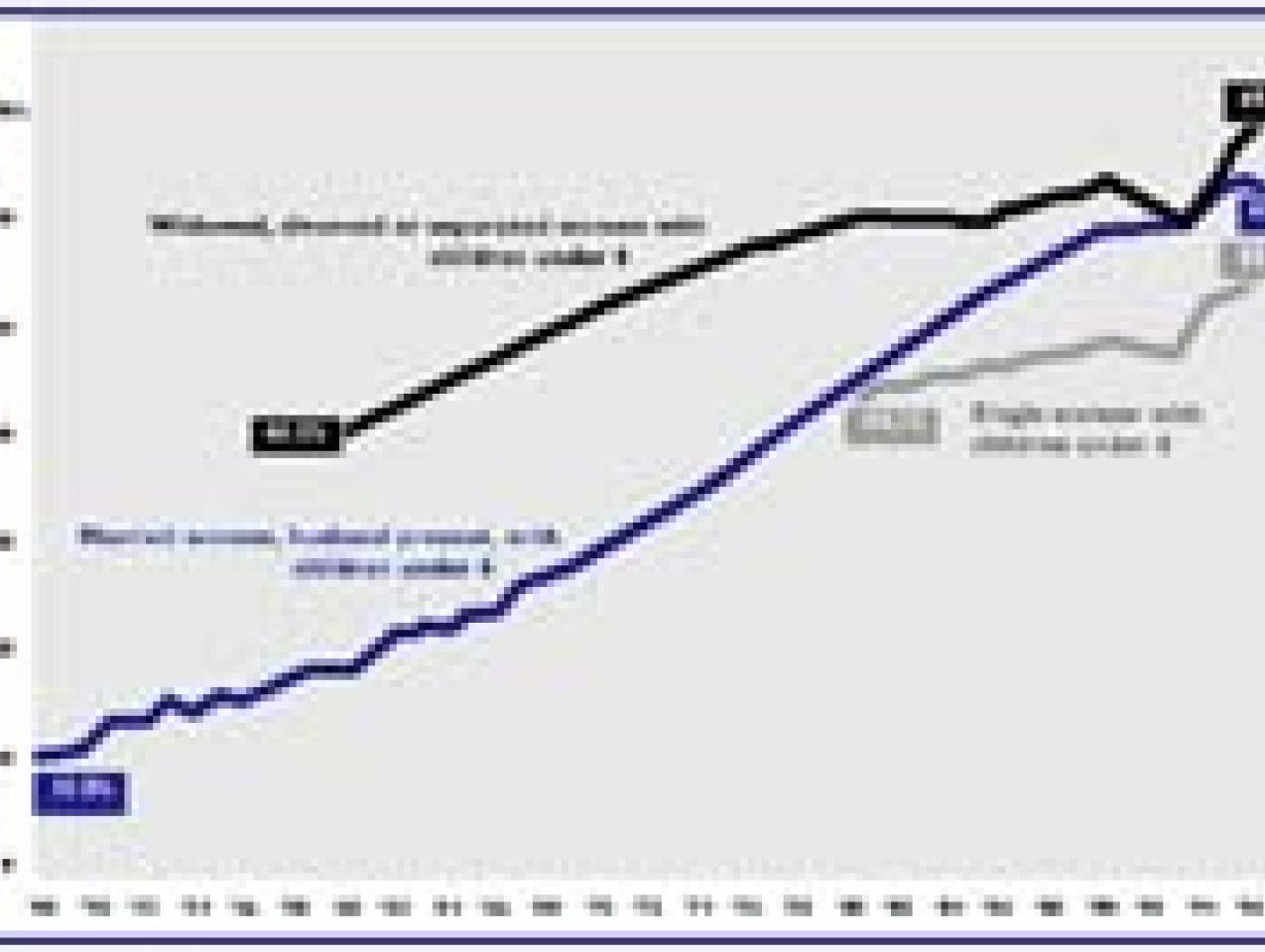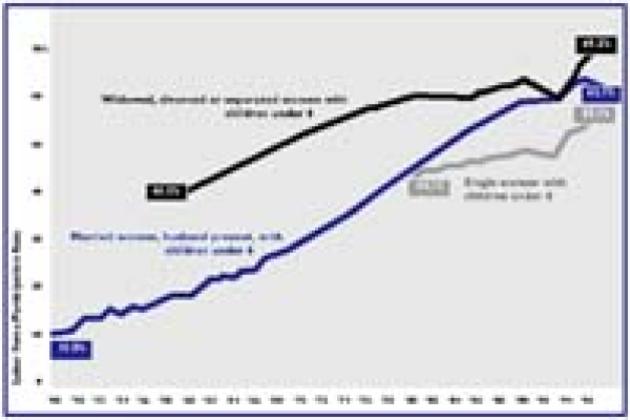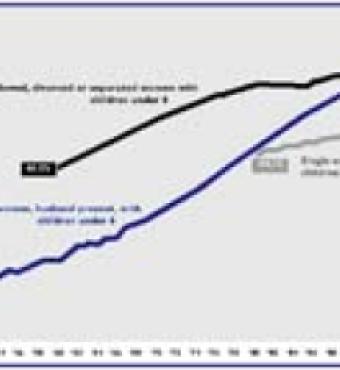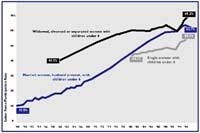- Economics
- US Labor Market
Are American workers getting it in the ear, despite this long recovery? The left has been claiming this for years. And now, from the right, Patrick J. Buchanan has been rampaging around the talk show circuit with this assertion, advocating tariffs to protect workers against import competition.
In fact, federal statistics do appear to show that in real terms the bulk of American earners have barely, if at all, recovered from the 1991–1992 recession, especially when adjusted for increased taxation. Indeed, by these measures average incomes have not significantly increased since the late 1960s. In contrast, consumption has risen dramatically. Dallas Federal Reserve Bank figures show that amenities like dishwashers and central air and heat, rare in new homes forty years ago, are now widespread. Ownership of telephones and televisions is now essentially universal; VCRs and microwaves are not far behind. In ways the numbers don’t catch, then, the average American may be enjoying an improved standard of living.
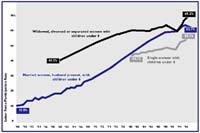
Buchanan and the left counter that any improved living standards are traceable to the paychecks brought home by women who did not previously work. In his new book, The Great Betrayal: How American Sovereignty and Social Justice Are Being Sacrificed to the Gods of the Global Economy, Buchanan prints a chart seeking to show stress on working families: It traces the proportion of married women with children under six who are nevertheless in the workforce. As our version of this chart shows, this proportion has increased so strikingly over fifty years that it truly can be labeled a social revolution. Married women’s workforce participation has converged with that of their divorced and widowed sisters. It considerably exceeds that of single mothers with children under six—another social revolution that was not recognized in federal statistics until 1980.
Leaving small children behind to go to work unquestionably exacts a certain emotional, financial, and physical price. Buchanan and the left would have us believe that women are being forced to work. But are they? No, argues Diana Furchtgott-Roth, a resident fellow at the American Enterprise Institute. Women with higher-income husbands, she says, are entering the workforce at higher rates than their poorer sisters, which suggests that sheer economic necessity may not be the motive. Of course, working because of a cultural compulsion to buy luxuries or because of feminist peer-group pressure can be stressful, too. Things may change: Furchtgott-Roth notes fragmentary signs that the married women’s participation rate in the workforce has recently stalled.








